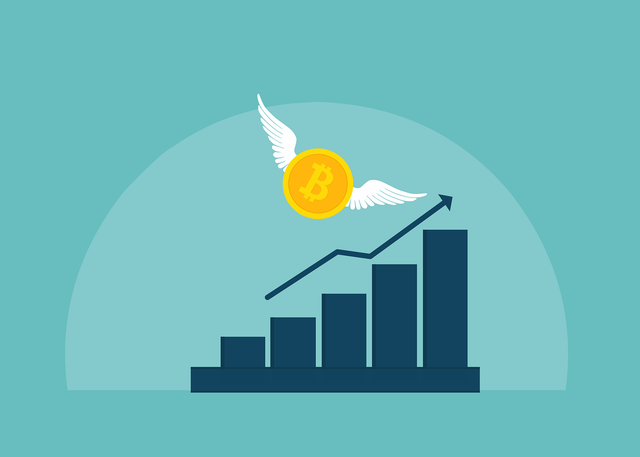Futures Trading for Beginners
Assalamu Alaikum
Futures trading is a contract-based trading system where you bet on the price movements of a currency without actually buying it.
Here you can trade in two directions —
Long position : Buy if the price goes up
Short position : Sell if the price goes down
Example : If you think the price of BTC will go up, then go Long, if you think the price will go down, then go Short. If the price goes in your favor, you make a profit, if it goes against you, you lose.
Not all coins are safe to trade in Futures Trading.
Safe coins : Large Cap coins like BTC, ETH, BNB, SOL
Risk coins : Low Cap or newly launched coins (price manipulation is more likely)
Tips : Trade only 2-3 large coins in the beginning.
Professional traders understand trends by looking at multiple timeframes at once.
4H chart : Catching the main trend (uptrend, downtrend)
15m chart : Catching the right entry point
Example : If there is an uptrend on the 4H chart, enter by looking for a retest or breakout on the 15m chart.
Newbies get confused by using many indicators, here 3 indicators are enough.
ema 20 and ema 50 : Uptrend if EMA 20 > EMA 50
Downtrend if EMA 20 < EMA 50
RSI 14 : RSI below 30 → Oversold (possibility of upward movement)
RSI above 70 → Overbought (possibility of downward movement)
Volume : The movement becomes stronger when the volume increases with large candles.
Long Entry :
EMA 20 > EMA 50
RSI between 40–50
Volume increase
Short Entry :
EMA 20 < EMA 50
RSI between 50–60
Volume increase
To avoid false entries, combine all three conditions.
The riskiest aspect of futures trading is leverage.
For beginners, no more than 2x–3x leverage
The higher the leverage, the higher the risk
Example : 10x leverage means you are opening a $1,000 position with $100 capital — so if the price moves just 10% against you, your account will be liquidated.
Stop loss (sl) is your loss limit and take profit (tp) is your profit target.
sl : 1.5–2% away from entry price
TP : Risk-to-Reward Ratio 1:2 or 1:3
Example : If you risk $100, your profit target should be at least $200.
Crypto markets are news-driven. Suddenly, big news can move prices up or down a lot.
Check CoinMarketCal or Binance Announcement before trading.
Avoid excessive leverage during big news.
If you are in profit, move SL to breakeven
Take a maximum of 2–3 trades per day
Use OCO (One Cancels Other) orders
🔹 Example Trade (Long Setup)
Coin : BTC
Uptrend on 4H chart
EMA 20 > EMA 50
RSI : 45
Entry : $30,000
SL : $29,700 (-1%)
TP : $30,600 (+2%)
Risk-to-Reward = 1:2
Futures trading can be very profitable, but without discipline it can also cause terrible losses. Always practice with small capital, think three times before taking an entry, and never risk too much on a single trade. Today's discussion concludes here. I hope you've found it interesting. Please share your thoughts on today's topic. Prayers for everyone. May everyone be well. Amen.


Upvoted! Thank you for supporting witness @jswit.
Twitter
https://x.com/BokhtiarMr90788/status/1960292600495100051?t=-hyARk04JTVOdi7s_Nc0Pw&s=19
https://x.com/pussmemecoin/status/1960229057251144126?t=-hyARk04JTVOdi7s_Nc0Pw&s=19
https://x.com/BokhtiarMr90788/status/1960292741260161181?t=-hyARk04JTVOdi7s_Nc0Pw&s=19
https://coinmarketcap.com/community/post/367386330
Futures Trading for Beginners is a great article you have shared.